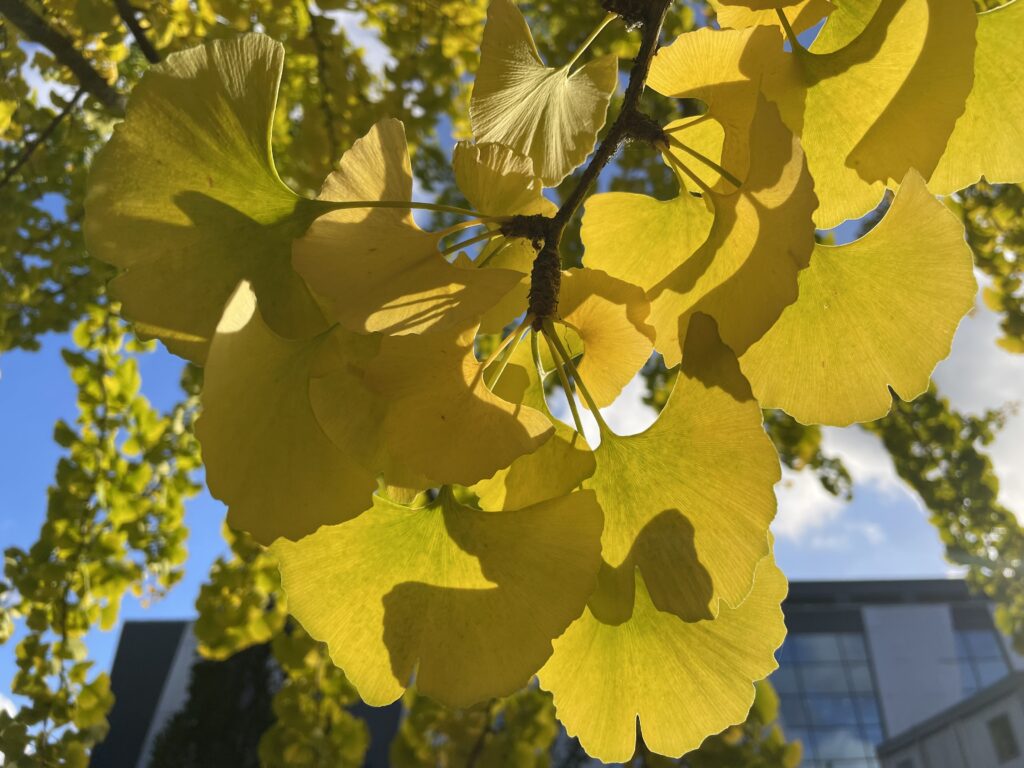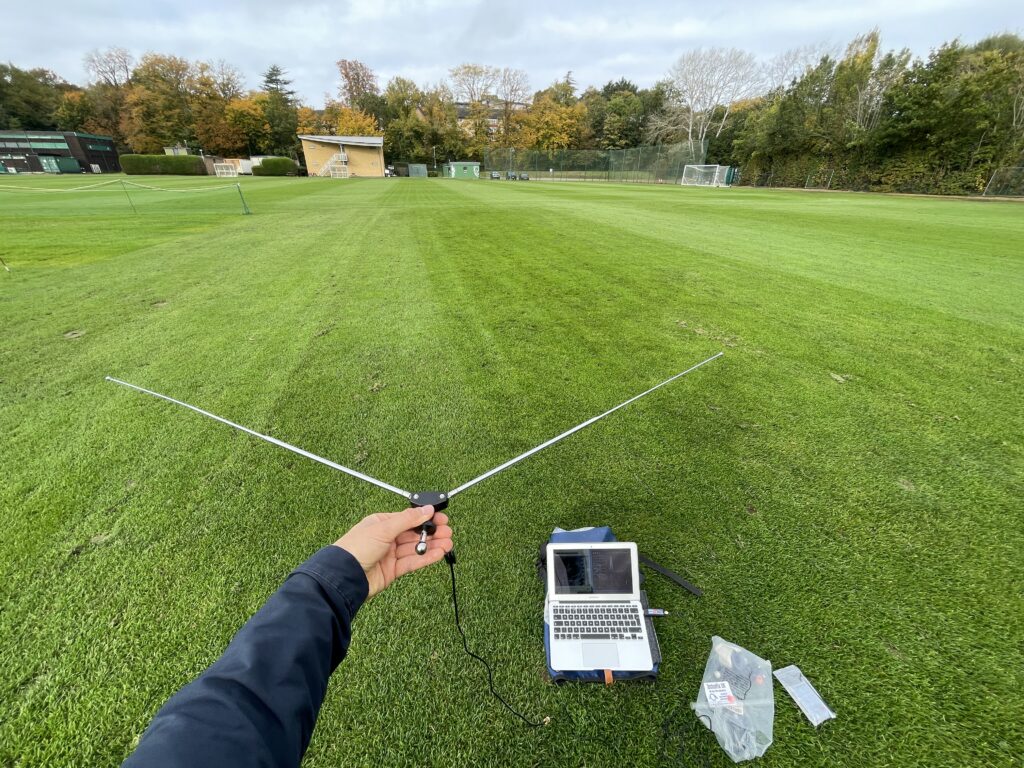Local Date
23 October 2024Local Time
10:50Location
Eastfield Grass Pitch, Royal Holloway University of LondonCountry or Territory
United KingdomContributor
Sasha EngelmannSatellite
NOAA-19Radio Callsign
Archive ID
Coordinates
The department is hosting an 'authors meets critics' session with Henry Wai-Chun Yeung, an eminent economic and human geographer from Singapore, and I am on a panel of respondents. Henry's book is called Theory and Explanation in Geography, and it synthesises vast literatures in the discipline informed by theories such as non-representational theory, actor network theory, assemblage and feminist and postcolonial theories. As I need to formulate something to say, I spend the morning and most of the afternoon buried in this book, thinking about Henry's proposals for theorising. In one chapter, Henry proposes that 'relational' theories in geography need more concreteness, focus on causation, and specificity, so that they can better explain the world. He advocates for what he calls relational ‘geometries’ or ‘relational specificity’ or ‘relational complementarity’. An example of relational geometries is regional union networks and their ways of complementing each other, to gain power and resources. The response I decide to give reflects on what a specific focus on the geometry of relation might do - how does it operate? What does it explain?
I have recently been puzzling over the geometry of relations in a paper on the ‘aerial turn’ in geography - I have been observing how, for quite a while now, geographers participating in the ‘aerial turn’ are writing about air in three key modes: i) as something that flows or can be traced, most often on a line ii) as a collection of particles iii) and as a volume. Although these three ‘orientations’ to air are persuasive, and in many ways helpfully explanatory for all kinds of aerial processes, from atmospheric warfare to the relations between breathing bodies and spaces, they produce versions of air and atmosphere that are linear, particular, and volumetric, and they distance other ‘versions’ of air that are more difficult to draw into geometric forms or shapes. I have been wondering how the ‘aerial turn’ is thus reproducing spatial geometries that say more about disciplinary formalism and perhaps modernist aesthetics than anything about air itself.
Geographies of air are indeed a very small part of the discipline, but in my hesitation around the ‘relational geometries’ in Henry's book, I wonder if there is something else going on here. I wondered if the proposal to adopt ‘geometries’ felt at odds with the ‘relational irresolutions’ ‘topologies’ and disorientations being developed and theorised for studies of infrastructure by people like Jerry Zee and Aya Nassar. I think also about the outpouring of work on quantum field theory and quantum mechanics in black studies and geographies, for example in new work by Pat Noxolo, and I think it is important to take seriously what a turn to the quantum does in this work, that geometry simply can’t. As important as it is to be specific and practical about spatial relations and how our theories of relation can explain causal effects, I feel that these and other movements in the discipline suggest plural, capacious, perhaps less immediately geometric forms of relation, and yet they are doing so without the vagueness or flattening that might have characterised relational theories of ten-twenty years ago.
For the seminar, the room is packed- geographers from across the department are present, as well as people from other departments. Henry gives a presentation on the book and I am impressed with the way he manages to make theory sound exciting and approachable. After me and three of my colleagues have offered responses, we discuss what it means for goegraphers to 'do theory', what kind of theory that might be, and whether the issue is rather than geography is both a social science and a humanities discipline- theory works differently and does not necessarily need to 'explain' in the humanities, as it might do in the social sciences. After the event, the atmosphere of the department is animated. A PhD student comes to my office and speaks for thirty minutes about how excited she was by the seminar. From time to time, I catch a glimpse of the ginko trees outside the window of my office. The golden leaves are glowing in the afternoon sunlight, so that they seem to be projecting light in all directions.




